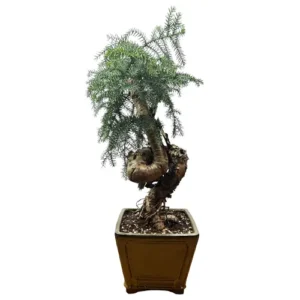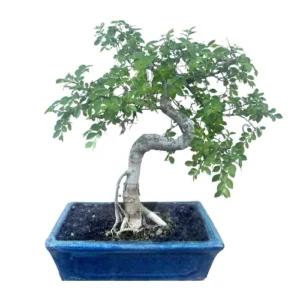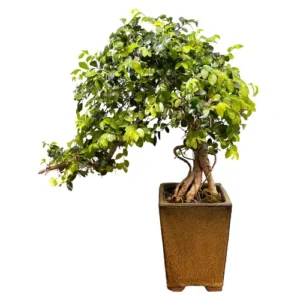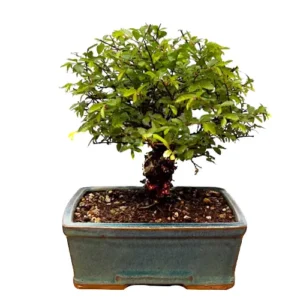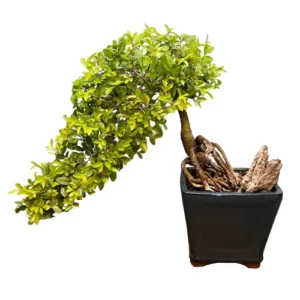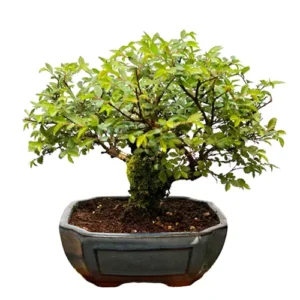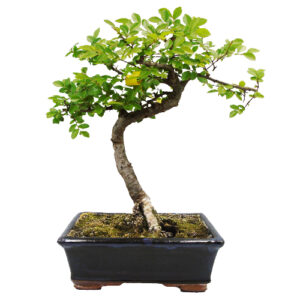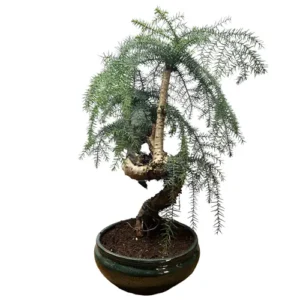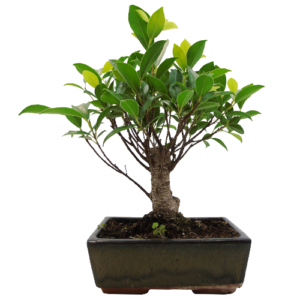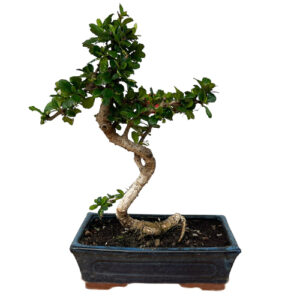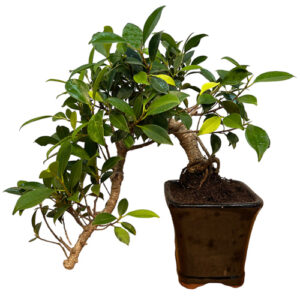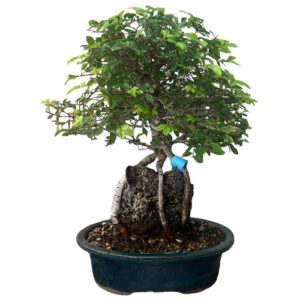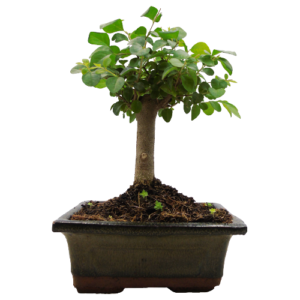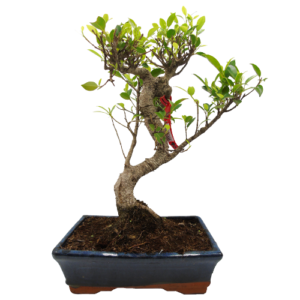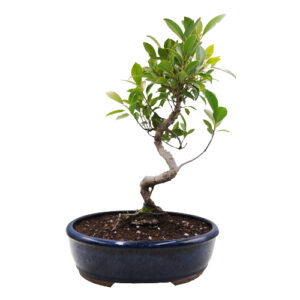Cuphea Hyssopifolia
Mexican Heather Bonsai
Mexican heather, also known as false heather, is one of the easier bonsai species to care for. It is native to tropical parts of Mexico and some parts of Guatemala and features small green leaves on a shrub-like form. It is evergreen and produces beautifully small pink, purple or white flowers for most of the year.
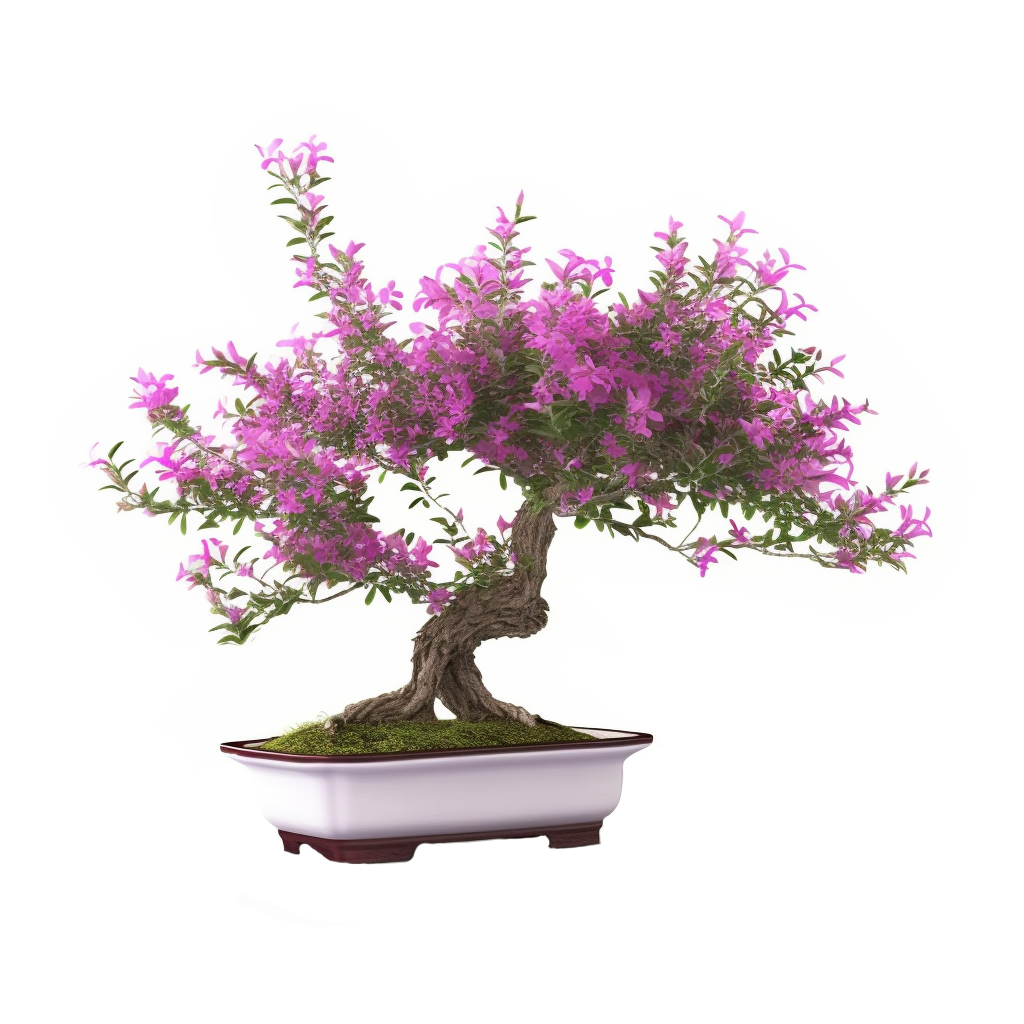
Mexican Heather Bonsai Care Tips
The Mexican heather should be kept indoors in a bright and warm spot. Choose a place that is away from cold draughts and artificial heating sources; the heather is a tropical species that does best in a constantly warm atmosphere with little or no drops in temperature.
There is no definitive guide to watering, and it should be conducted on an observational schedule, not a routine. This means that it is important to keep an eye on the moisture levels of the soil to avoid over and under watering, both which can lead to dropping leaves and/or root death. The amount of water a bonsai requires depends on pot size, climate, airflow, soil and tree type so it is best to use your eyes and fingers to assess whether the soil is damp, wet or dry.
If the top inch or so of soil has dried, it is ready to be watered. When you water, try to get an even coverage over the roots and soil, allowing water to flow out from the bottom of the pot to ensure a good soaking.
If you are a first-time bonsai owner, another way to water is by submerging the entire pot in water until the bubbles stop. If you choose this method, be aware that your bonsai may not need watering for another two to four days, but this will depend on the factors mentioned above such as soil type, pot size and climate.
Mexican heather also benefits from higher humidity levels. This can be achieved by using a mister to spray the leaves, as well as placing a gravel tray under the pot to create a more humid microclimate around the tree.
Using fertiliser on your Mexican heather will help encourage healthy growth and this should be done periodically from once a week to every two months and only during the growing season. You can start adding Chrysal Liquid Bonsai Feed to your water from March until October and use weekly. Use Naruko Fertiliser Slow Release Bonsai Feed once every one to two months. With Buddhist Pine trees, less is more, and we tend to advise using half the recommended dosage to see how your Buddhist Pine reacts first.
Pruning your bonsai is important not only to maintain or create an aesthetic style but to also ensure light and airflow can reach inner leaves and the Mexican heather bonsai tolerates pruning very well. Pruning of branches and older growth should be done in early spring to encourage optimal healing. Pinch out the growing tips to encourage bushiness any time of the year.
Training your Mexican Heather bonsai using wiring can be done anytime of the year and the species best suits the cascading styles, formal and informal, and slanted. We recommend using wires with a thickness that matches the thickness of the branch: if the wire you choose is too thick you will damage the bark. If it is too thin, it won’t be effective.
Repotting your tree is an important way to provide a fresh and suitable soil mix and ensure appropriate root health. Repot in early spring. Generally, your Mexican heather will need to be re-potted once every two years if it is young, while older ones can stay in their pots for longer. However, you should always check if it has become root-bound before you change pots. You can do this by lifting the tree gently out of the pot by the main trunk and examining the root system. You will know it is ready if you can see that the roots are circling around each other and the pot. If, however, they still appear contained in the soil, you should place it back and wait until the following spring to check again.
Trees that are ready for repotting will require root pruning, a suitable new pot and appropriate soil mix.
When repotting, do not cut back the root mass by a large amount, and choose a well-draining soil mix that has a neutral or slightly higher PH value of 5-6 but not over 7. We tend to use a mixture of different speciality bonsai soils on our trees. Every species is different so please contact us for free soil-mix advice or to take advantage of our repotting service.
Bonsai make for a one-of-a-kind indoor plant offering elegance, nature and art all in one minute form. Across an array of exquisite and erudite species, they all demand their own specific care and cultivation needs in order for their beauty to flourish. We have an extensive library of care guides for indoor bonsai trees so you can make an informed and considered choice. It’s not about selecting the perfect bonsai, it’s about selecting the perfect bonsai for you.
Mexican Heather Bonsai - Typical Queries
Why are my Mexican Heather Bonsai turning yellow?
Yellowing leaves on a Mexican Heather Bonsai can indicate several problems, such as overwatering, underwatering, nutrient deficiency, pest infestation, or disease. To prevent or treat yellowing leaves, you should check the soil moisture, adjust the watering frequency, apply a balanced fertilizer, inspect the plant for pests or signs of infection, and remove any damaged or diseased foliage.
How much sunlight does a Mexican Heather Bonsai need?
A Mexican Heather Bonsai needs at least 4 to 6 hours of direct sunlight per day to thrive. However, it should not be exposed to intense midday sun, as this can scorch the leaves and flowers. A bright windowsill, a balcony, or a patio are ideal locations for a Mexican Heather Bonsai. You can also use artificial lighting to supplement the natural light.
Can Mexican Heather Bonsai grow indoors?
Yes, Mexican Heather Bonsai can grow indoors, as long as they receive enough light, humidity, and air circulation. You should place your Mexican Heather Bonsai near a sunny window, away from drafts and heating vents. You should also mist the plant regularly or use a humidifier to increase the moisture level in the air. You can also move your Mexican Heather Bonsai outdoors during the warmer months to give it some fresh air and natural sunlight.

